BUILDING A SPECIAL HERITAGE MANAGEMENT MECHANISM
How to manage financial resources for heritage protection activities, in addition to the story of establishing cultural heritage according to each type of ownership, mechanisms for specific heritages... all require a legal corridor.
“Legal stick” for Hoi An
With more than 1,200 relics, of which 70% are privately owned, managing and unifying the preservation of the relic complex and the space of Hoi An ancient town has never been easy.
Hoi An has issued many specific management and protection regulations for each area. However, around 2017-2018, there were stories that caused passivity for state management agencies when negative incidents arose, affecting the community's efforts to preserve the common heritage.
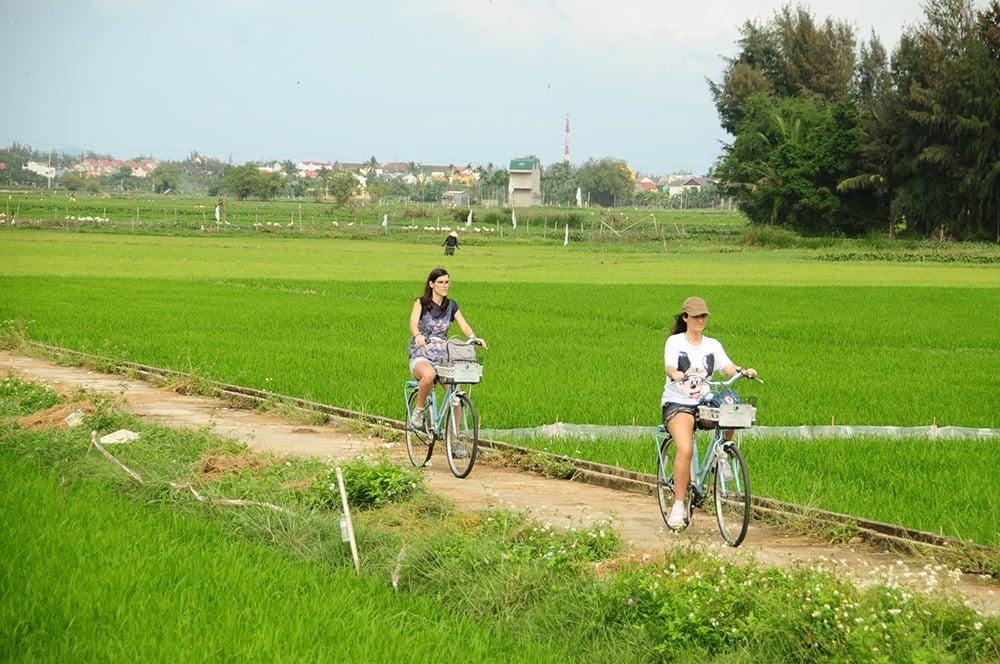
When the authorities handle the case, the sanctioned subjects do not cooperate or provide clearer regulations in the Decrees and legal norms issued by higher authorities. This reduces the effectiveness of management work.
Not only in Hoi An ancient town, tourism development and increased seafood exploitation also challenge conservation regulations in Cam Thanh and Cu Lao Cham.
“For example, catching stone crabs seasonally, by size, and by the list of people allowed to exploit crabs… has been uniformly applied for nearly 10 years. But recently, there have been many cases of people not on the list of crab exploiters, catching crabs out of season or by size. The conservation agency discovered and requested compliance with the regulations, but many people did not cooperate and applied the regulations from the Fisheries Law, so the incident could not be handled strictly,” said an officer of the Cu Lao Cham Marine Protected Area Management Board.
From January 1, 2021, the regulations on the protection of the World Cultural Heritage (WCH) of Hoi An ancient town (including 10 chapters and 37 articles) were issued and implemented by the Provincial People's Committee. This set of regulations is considered to cover the provisions along with sanctions with legal basis for enforcement of the UNESCO heritage of Hoi An up to now.
Along with the management regulations, this regulation also sets out requirements for relic restoration activities. In cases where it is mandatory to replace an old part or old material with a new part or new material, it is necessary to ensure the necessity and scientific nature of the replacement and the accuracy of every detail of the "new elements" compared to the "original elements"...
The community in the old quarter must comply with the regulations on the protection of the old quarter; be responsible first for any damage, deviation, or reduction in the value of the relics they own and use; and have the right to organize legal services to serve tourists but not affect the old quarter. The regulations also sanction solicitation and forcing tourists to buy services and goods involuntarily. Residents must comply with the rules of civilized tourist behavior as prescribed.
Management model for specific heritage
The concept of “heritage urban” is still too new in the implementation of conservation policies. At the most recent question-and-answer session (October 23), Deputy Head of the National Assembly Delegation of Quang Nam Province - Mr. Duong Van Phuoc said that the draft revised Law on Cultural Heritage needs to adjust and supplement the concept of heritage urban and the legal framework for heritage urban.
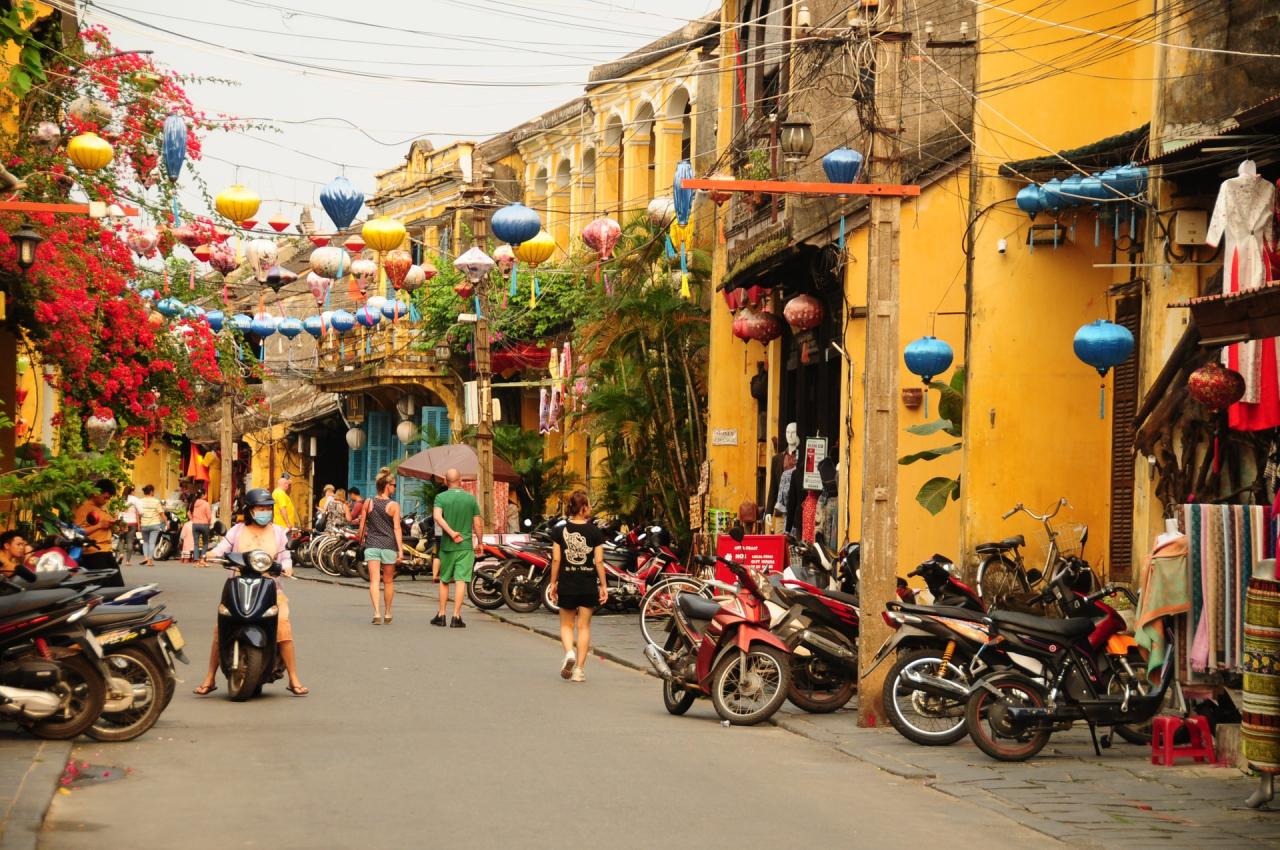
Accordingly, the draft revised Law on Heritage defines tangible cultural heritage as material products of historical, cultural and scientific value, including historical and cultural relics, scenic spots, relics, antiquities and national treasures. However, the case of Hoi An Ancient Town - World Cultural Heritage is quite different when tangible heritage is also associated with the traditional lifestyle of the people, being a "living museum" according to UNESCO's criteria for cultural heritage.
Along with that, according to Mr. Phuoc, the management of relics in Hoi An is not only according to the Law on Cultural Heritage, but is also affected by many other laws such as the Penal Code, Civil Code, Labor Law, Law on Organization of Local Government, etc. Therefore, a separate mechanism to manage "heritage cities" is something that needs to be considered.
Quang Nam currently has two World Heritage Sites (Hoi An Ancient Town and My Son Sanctuary), Cu Lao Cham - Hoi An World Biosphere Reserve; 451 ranked relics, including: four special national relics, 64 national relics and 383 provincial relics. The system of relics in the area is full of types: history, archeology, art architecture and landscapes. In addition, the whole province has 161 heritages included in the National Intangible Cultural Heritage List; one heritage (the art of Bài Chòi in Central Vietnam) was honored by UNESCO as a Representative Intangible Cultural Heritage of Humanity.
The consistency between the Law on Cultural Heritage with the Land Law and the Construction Law, clearly showing the regulations on the use function and protection zoning for protection zones I and II in heritage areas is also a concern for experts. Socio-economic activities in this area must comply with the Law on Cultural Heritage, so it is mandatory in the land use planning to record the use function as relic land, so when implemented, the detailed construction planning will also show that it is relic land. Therefore, the activities of renovating, building and repairing houses become very difficult, not to mention establishing inheritance rights, transfer, ownership, implementing economic and social development projects...
Therefore, to overcome the contradictions in reality, the draft Law on Heritage (amended) has reviewed and provided regulations on renovation, repair and construction of individual housing projects in protection zones I and II.
Perfecting the law associated with sharing community benefits
With the concretization of many regulations, especially the Law on Cultural Heritage (amended) which will be passed in the next few days, there is an expectation of a fundamental "legal stick" to implement the management and conservation of special heritages such as Hoi An.

Mr. Nguyen Van Son - Chairman of Hoi An City People's Committee said that the promulgation of regulations on protecting Hoi An heritage by the Provincial People's Committee and the National Assembly's expected approval of the Law on Cultural Heritage (amended) in the next few days will greatly determine the effectiveness of protecting the space, heritage complex and buffer zone, both tangible and intangible values.
According to Mr. Son, the key to success in heritage protection has always been community consensus. Even when tourism was not yet developed, there were not many benefits from heritage preservation, but when the government mobilized and issued regulations, people also agreed and joined hands. Later, when many laws were in place, the management regulations were still agreed upon by the majority of people as common standards of conduct in the style of "agreement, kindness and benevolence".
“The government always prioritizes the interests and shares profits with all residents, so there is a high level of consensus. People with street-front houses can do business, while people in alleys and lanes can run boating businesses, set up night markets, etc. The most important thing is awareness, because the law never comes before life. With many legal tools issued at higher levels, heritage will certainly be better preserved,” said Mr. Son.
SOME MORE WORDS ABOUT THE LAW ON CULTURAL HERITAGE (AMENDED)
The amendment of the Law on Cultural Heritage (2024) is expected to overcome the limitations of two laws previously issued by the Vietnamese National Assembly; approaching the system of cultural laws in UNESCO conventions...
Protecting cultural assets
The Law on Cultural Heritage (amended in 2024) has a comprehensive and comprehensive scope of regulation. This aims to protect and promote the value of national cultural heritage, contributing to building and spreading the soft power of culture to the international community.
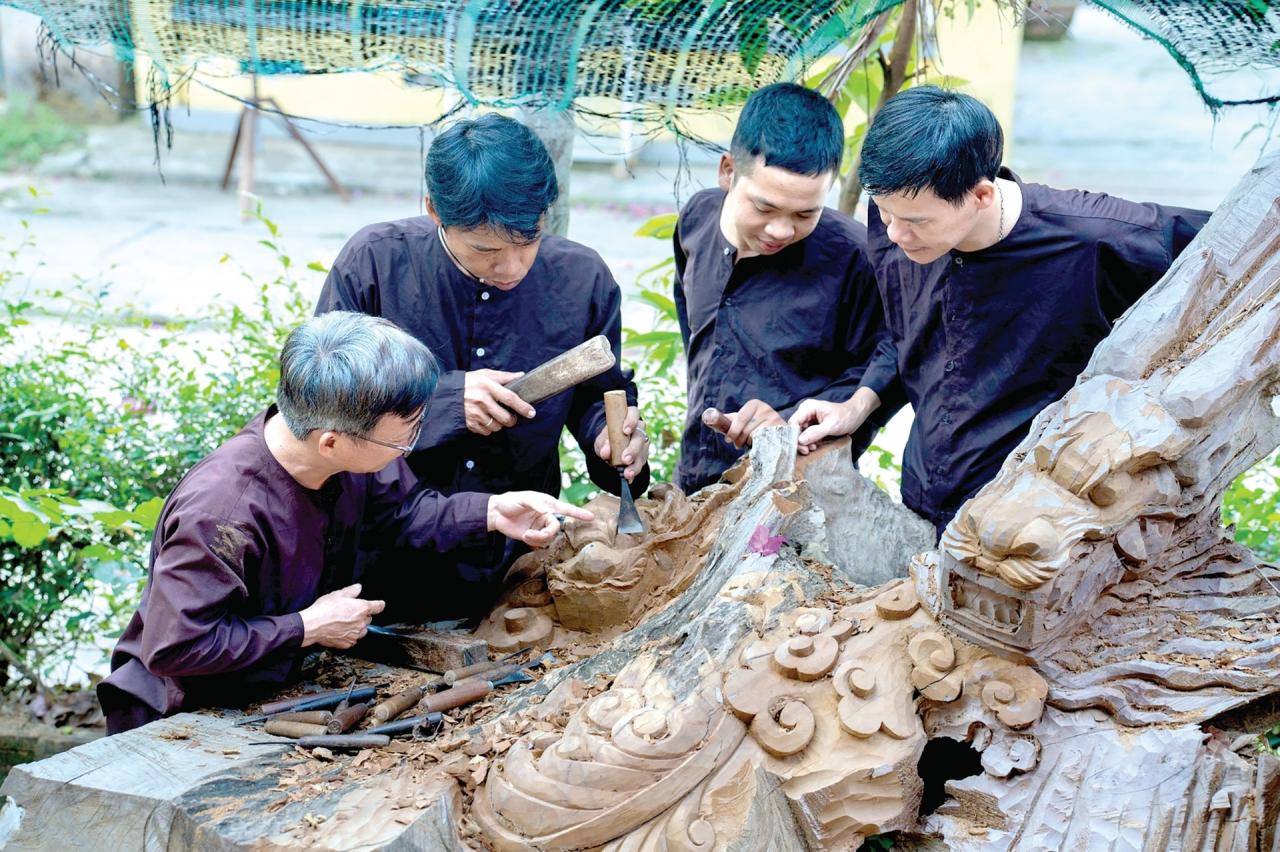
Although the draft Law on Cultural Heritage (amended in 2024) has been completed and is ready to be submitted to the National Assembly for approval at this 8th session, I still want to say "a few more things" after reading the summary of the draft Law on Cultural Heritage (amended in 2024) on state media.
Accordingly, the law should be called the Law on the Protection of Cultural Properties as Japan, Korea and some European countries have done. Because “cultural heritage” is the cultural assets left by previous generations to the next generation, so if the term “cultural heritage” is used, the scope of the Law will only focus on “old” cultural assets left by our ancestors.
Meanwhile, many cultural assets have just been created in contemporary society, but have special cultural, artistic, and aesthetic values, etc., but are not protected or given conditions to promote their value.
Some countries have recognized the limitations of using the term “cultural heritage” in similar laws in their countries, so they changed it to the Law on the Protection of Cultural Properties when amending and promulgating new laws.
For example, in 1950, the Japanese Government enacted the Cultural Property Protection Law (Law for the Protection of Cultural Properties) to replace three separate laws previously enacted: the Antiquities Conservation Ordinance (1871), the Ancient Temples and Pagodas Conservation Law (1897), and the National Treasures Conservation Law (1927); or in 1962, South Korea enacted the Cultural Property Protection Law No. 961, replacing the laws protecting cultural heritage from the Joseon Dynasty (1392 - 1910).
Compatible with international laws
Concepts and definitions need to be compatible with international law practices, for example, concepts/definitions of: originality/authenticity, preservation, protection, promotion of values...
In recent decades, the term cultural heritage protection has been used to replace the term cultural heritage conservation in UNESCO conventions and cultural heritage/property laws in developed countries.
The birth of the term cultural heritage protection with new connotations has changed the previous term conservation, which was limited to the restoration and embellishment of tangible cultural heritages only.
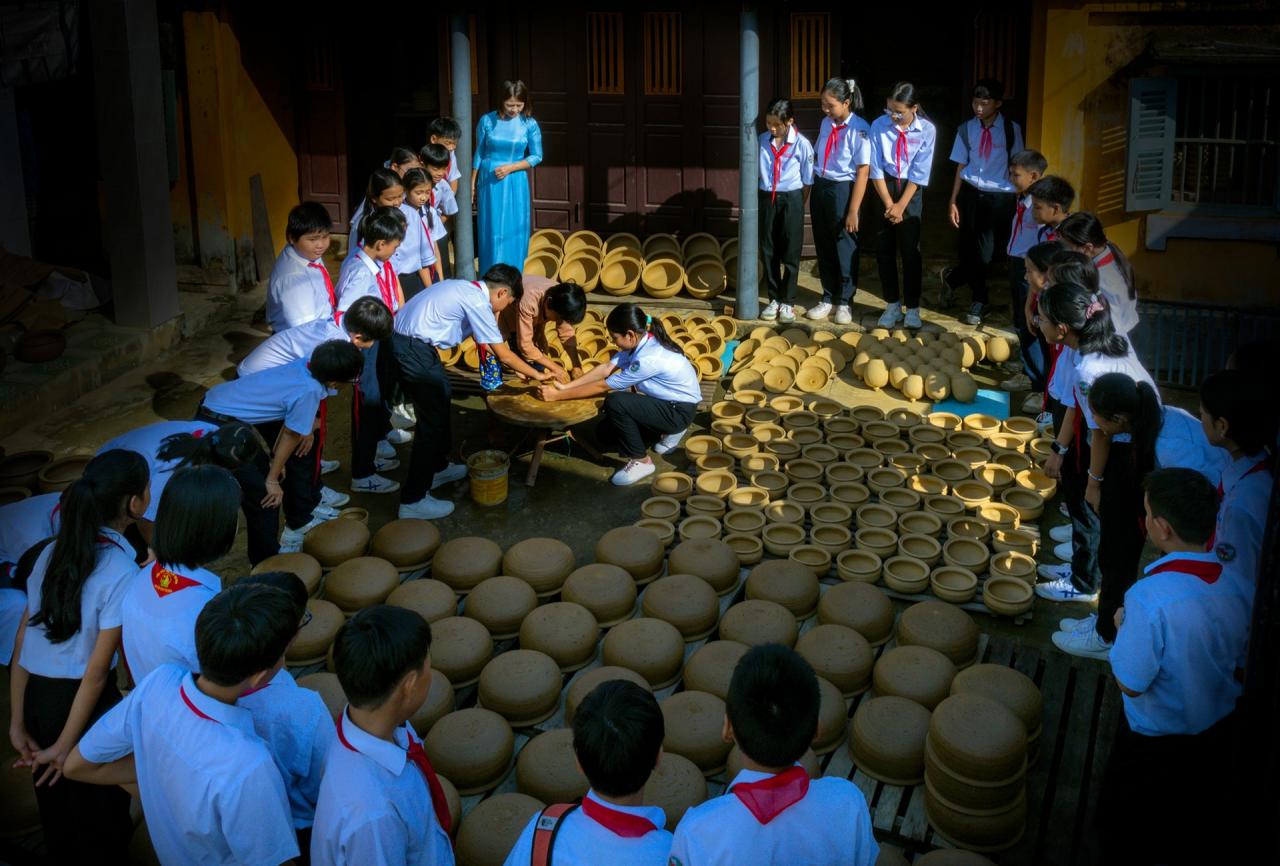
The conformity and compatibility with international laws will help the Law on Cultural Heritage of Vietnam to be consistent with international law in this field, creating conditions for the international community to better understand the legal system on heritage - cultural assets of Vietnam. This will support Vietnam in international cooperation to protect and promote the value of national cultural assets, spreading the "cultural soft power" of Vietnam to the world.
The current Law on Cultural Heritage in Vietnam only recognizes relics and antiquities (belonging to the group of "movable relics" in tangible cultural heritage) with special value in history, art, culture, science, etc. as national treasures, while not recognizing tangible cultural heritages as real estate such as: palaces, citadels, communal houses, pagodas, steles, etc.; or intangible cultural heritages such as: traditional crafts, folk performances, community knowledge, etc. with high/special value in history, art, culture, science, etc. From the above reality, the Law on Cultural Heritage (amended in 2024) needs to recognize national treasures for all types of cultural heritage/properties mentioned above.
For Quang Nam in particular, it is necessary to protect and promote the cultural values that are being created every day, especially when Hoi An is recognized as a "Creative City in the field of handicrafts and folk arts" in the UNESCO Creative Cities Network. Hoi An has valuable cultural assets that are being created and spread to the community, the nation and humanity every day and every hour.
These “additional remarks” will also contribute to protecting assets that have not been recognized as cultural heritage, because they are “not old enough to become heritage” according to the old Law on Cultural Heritage, but are worthy of being “national treasures” such as: architectures of many periods, elite occupations and traditional craft villages of the locality; or steles containing “thousand-year-old messages” that are being forgotten in the Champa ruins in My Son, Dong Duong, Chien Dan, Tra Kieu…
POLICY OF SUPPORT FOR ARTISANS
The policy of encouraging artisans to participate in preserving cultural heritage received great attention in the draft revised Law on Cultural Heritage.
No proper treatment
People's Artisan Nguyen Van Tiep - Vice President of the Vietnam Craft Village Association, President of the Quang Nam Province Handicraft Association said that the current support policy for artisans is only prescribed for people's artisans and excellent artisans.
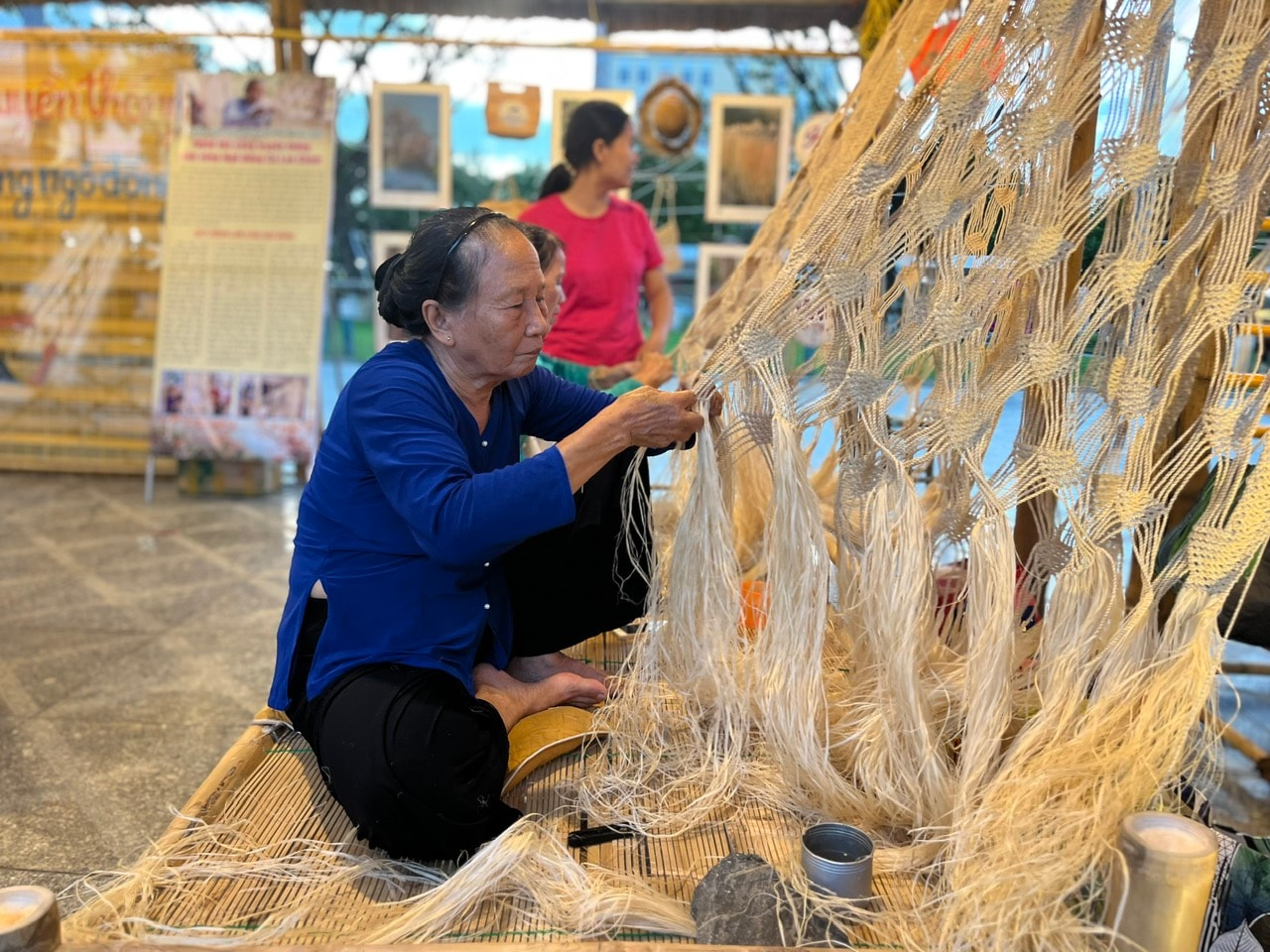
It is known that the 2001 Law on Cultural Heritage has not yet regulated the preferential treatment policy for artisans. In 2009, the law amended and supplemented a number of articles, including the provision of "monthly living allowances and incentives for artisans who have been awarded titles by the State, have low incomes and are in difficult circumstances".
In 2015, the Government also issued Decree 109/2015/ND-CP, which stipulates support for folk artisans and excellent artisans, but must be low-income or in difficult circumstances. According to this Decree, folk artisans and excellent artisans with incomes below 50% of the base salary will receive support of 850,000 VND/month. Artisans in households with incomes from 50% to below the base salary will receive support of 700,000 VND/month.
According to information from the Ministry of Culture, Sports and Tourism, from 2009 to now, in the field of intangible culture, the whole country has only 20/1,881 awarded artisans enjoying this regime and none of the 747 folk artisans are supported, because they are not the subjects in Decree 109/2015/ND-CP.
In addition to the lack of benefits, the conditions for artisans to maintain and pass on their profession are also quite difficult. Artisan Nguyen Van An - son of People's Artisan Nguyen Van Tiep said that in order to make a living, his father and son's establishment was encouraged to develop towards industrialization.
Because he wanted to preserve the traditional craftsmanship of the profession, and partly because he understood that if he switched to industrial production, the factory would not be able to compete in the market, Mr. Tiep's family changed direction to develop handicraft products combined with tourism. However, after nearly 10 years and going through many procedures, at the beginning of 2024, the experiential tourism facility following the green tourism orientation, combined with teaching the profession to local people, officially operated.
Waiting for the law to be enforced
People's Artisan Nguyen Van Tiep acknowledged that, in addition to policies depending on local regulations, the treatment of artisans in the province is still limited to the level of development projects of each place. And although Quang Nam creates conditions for artisans to operate in craft villages and pass on their skills, in terms of support policies for the artisans themselves, there is still nothing.

In response to a series of comments on the treatment of artisans, the draft Law on Cultural Heritage (amended in 2024) has many new points in the policy for artisans practicing intangible cultural heritage. The draft law introduces the concept of artisans of intangible cultural heritage, heritage subjects, and heritage practitioners. Once the concepts are defined, it will be easier to carry out conservation work and create conditions for teaching heritage on a legal basis.
The treatment regimes for artisans are carefully considered on the basis of their contributions to the value of heritage. Accordingly, artisans who are eligible for the title will be awarded the state honorary title and other forms of honor will be implemented according to the provisions of the law on emulation and commendation; support facilities, tools, objects, artifacts and related cultural spaces for activities of maintaining practice, teaching, creating, performing, to protect and promote the value of intangible cultural heritage.
Quang Nam currently has 45 craft villages, of which 34 traditional occupations, craft villages and traditional craft villages are recognized by the Provincial People's Committee (4 traditional occupations, 30 craft villages and traditional craft villages), the total production establishments participating in craft villages are about more than 2,000 establishments. Currently, there are 54 people recognized with the titles of People's Artisans, Meritorious Artisans, Artisans and Skilled Workers.
People's artisans and excellent artisans awarded by the State are entitled to receive monthly living allowances, health insurance premium support, and funeral expenses support upon death... The draft Law on Cultural Heritage (amended in 2024) also provides open regulations for localities to proactively issue preferential policies for artisans.
In a land rich in intangible cultural heritage, traditional craft villages and occupations like Quang Nam, the passing of the amended Heritage Law with provisions related to mechanisms and policies for treating artisans will be an opportunity to preserve and conserve the precious assets of our ancestors.
PROMOTING HERITAGE TOURISM
Heritage tourism has become a brand of Quang Nam, contributing to making the locality one of the tourist centers of the Central region and the whole country.
From the foundation of heritage conservation, tourism as well as business and service activities, heritage value exploitation is effectively promoted. The Law on Cultural Heritage (amended in 2024) continues to focus on encouraging localities to exploit and promote heritage values in socio-economic development, while setting out mechanisms to mobilize organizations and individuals in the work of protecting, exploiting, using and promoting cultural heritage values.
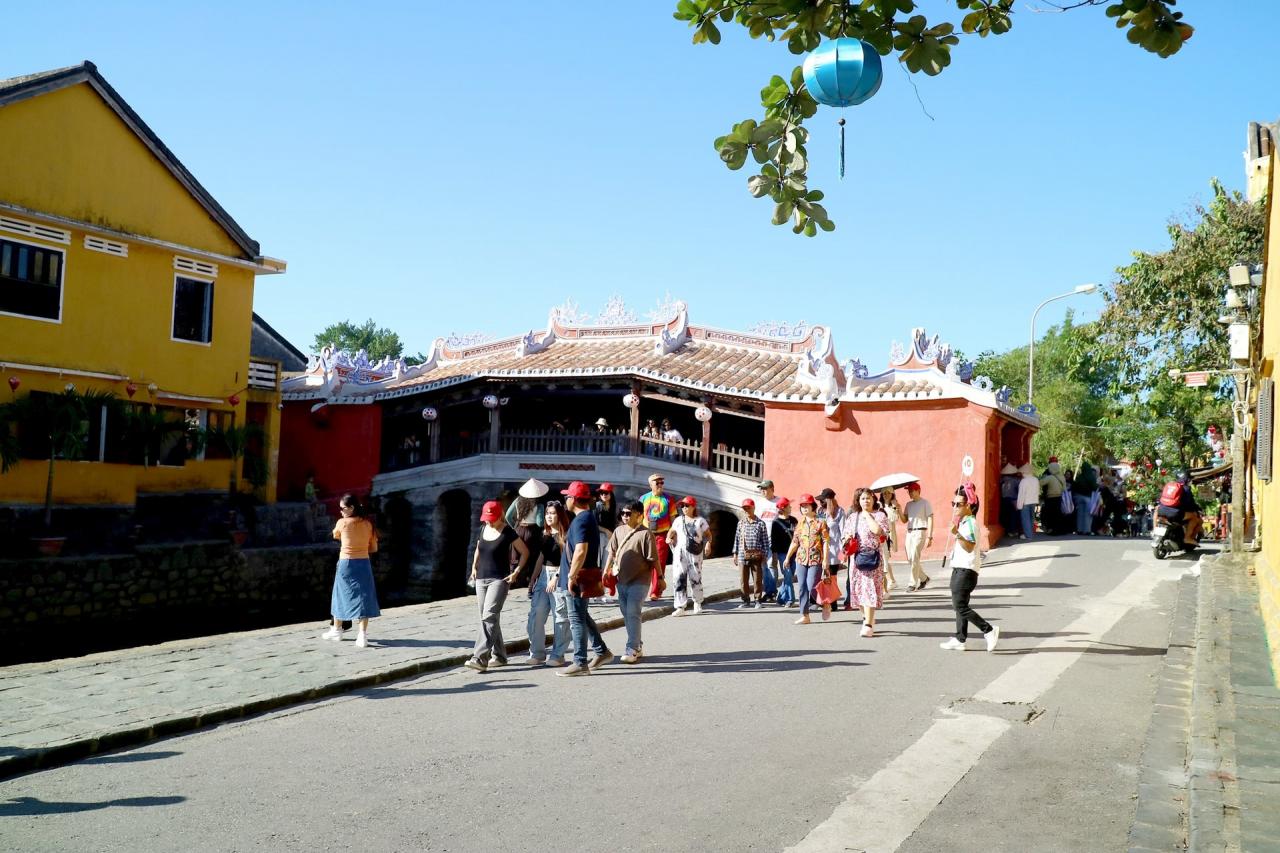
Heritage tourism journey
On December 4, 1999, when My Son temple complex was recognized by UNESCO as a World Cultural Heritage (WCH), it marked a strong change in tourism here. The number of visitors has been constantly increasing. From the initial few thousand visitors, My Son has now welcomed hundreds of thousands of visitors, with an annual growth rate of 20% - 30%. 2019 is considered the peak of My Son tourism when it welcomed about 419 thousand visitors buying tickets to visit.
It is expected that in 2024, the number of visitors buying tickets to visit My Son temple complex will reach more than 420 thousand. Mr. Nguyen Cong Khiet - Director of My Son Cultural Heritage Management Board acknowledged that the title of world cultural heritage has had a great impact on the development of tourism here. Through this title, it not only creates conditions for My Son to attract support resources from the government and international organizations to preserve and restore relics, but also helps My Son improve infrastructure, tourism services, create jobs and income for local people and workers.
For Hoi An City, the impact of heritage on local socio-economic development is enormous. In recent years, the trade, service and tourism sectors have always accounted for over 70% of the city's total economic structure - a prominent demonstration of the impact of heritage branding since the ancient town was recognized by UNESCO.
Tourism space is also expanded to the outskirts such as Cu Lao Cham, Cam Thanh, Cam Kim, Thanh Ha... with diverse services and products (craft villages, ecology, cultural experiences...), contributing to creating jobs for people with more than 24 thousand workers working directly in the tourism and service industry. In particular, forming a team of local entrepreneurs with a lot of enthusiasm and passion for creativity.
Turn heritage into assets
The World Heritage brand plays an extremely important role in tourism development. Over the past 25 years, Hoi An and My Son have become the core and locomotive of Quang Nam tourism, promoting the spread of tourism to the countryside, craft villages, relics, and scenic spots of Quang Nam, creating livelihoods and income for the people, preserving and conserving tangible and intangible cultural values...
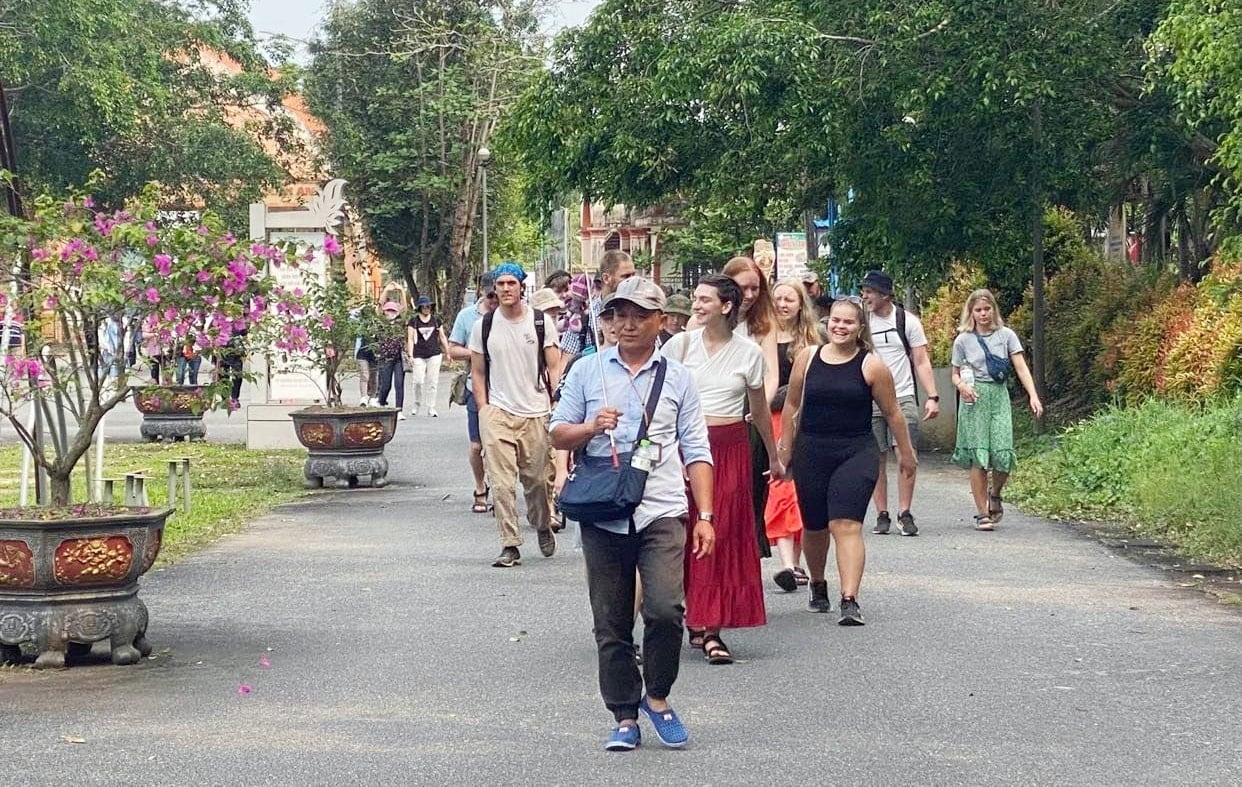
Mr. Nguyen Van Lanh - Vice Chairman of Hoi An City People's Committee acknowledged that the outstanding result of this title is that the awareness and actions of the government and people in preserving and promoting heritage values have been greatly enhanced. Through preserving the original character of the ancient town, Hoi An has known how to promote in the right direction to boost socio-economic development, especially tourism economy. In particular, the spread of tourism to the suburbs helps to widen the scope of benefits for the people. Therefore, the local regulations on management and conservation of space have received a lot of consensus and support from the community.
Mr. Nguyen Thanh Hong - Director of the Department of Culture, Sports and Tourism said that the role of heritage in general and World Cultural Heritage in particular in tourism development is very important. Hoi An and My Son have affirmed the position of heritage in local socio-economic development after 25 years of being honored by UNESCO. In the coming time, Quang Nam will continue to promote the results and values of the management, conservation and promotion of the values of these two World Cultural Heritage.
According to Mr. Hong, currently two projects including Preserving and promoting the values of Hoi An ancient town from now until 2030; planning the project to preserve and promote the values of My Son temple complex in the period 2025 - 2030 and vision after 2030 are being focused on completing on the basis of comments from ministries, departments and branches before submitting to the Prime Minister for approval.
“Quang Nam is determined to focus on successfully implementing these two projects, continuing to enhance and promote the value of the two heritages. These are the factors that need to be focused on in the development strategy of Quang Nam tourism in the coming time. In particular, Hoi An and My Son must remain the center and heart, from which to spread to other tourist spots and areas in the province, making tourism soon become a key economic sector,” Mr. Hong shared.
Content: CAM PHO - MINH KHOI - TRAN DUC ANH SON - HOA NIEN - VINH LOC
Presented by: MINH TAO
Source: https://baoquangnam.vn/luat-de-bao-ton-phat-huy-di-san-van-hoa-3144742.html



![[Photo] The 5th Patriotic Emulation Congress of the Central Inspection Commission](https://vphoto.vietnam.vn/thumb/1200x675/vietnam/resource/IMAGE/2025/10/27/1761566862838_ndo_br_1-1858-jpg.webp)
![[Photo] Party Committees of Central Party agencies summarize the implementation of Resolution No. 18-NQ/TW and the direction of the Party Congress](https://vphoto.vietnam.vn/thumb/1200x675/vietnam/resource/IMAGE/2025/10/27/1761545645968_ndo_br_1-jpg.webp)



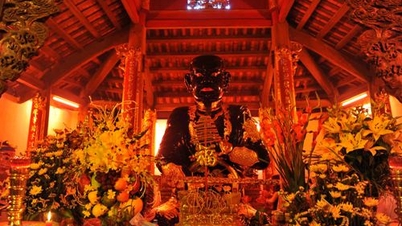

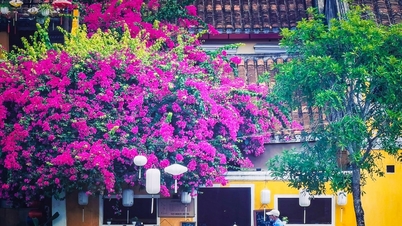

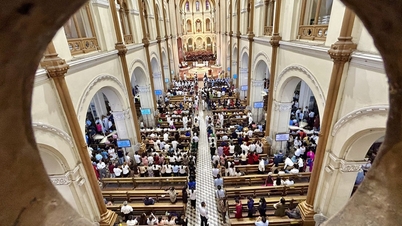



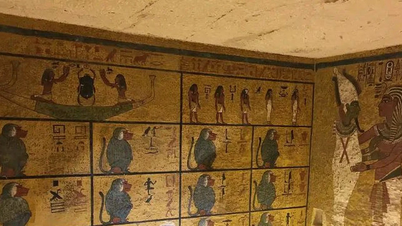

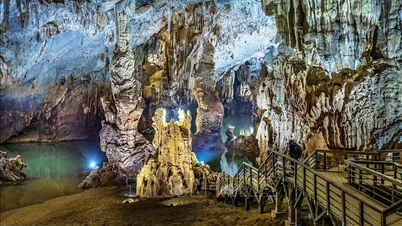

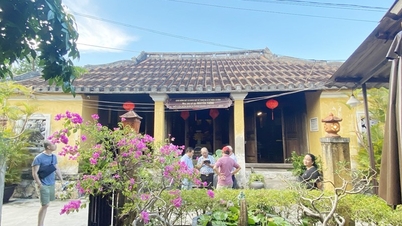


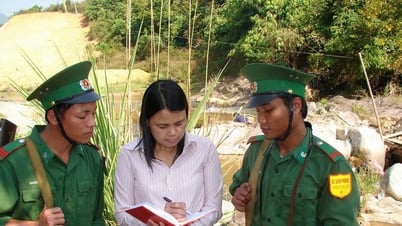
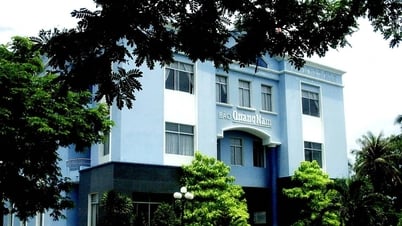
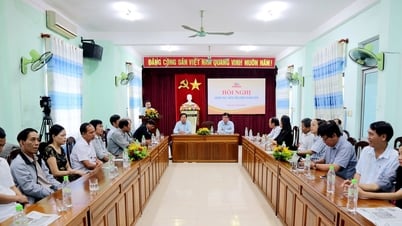





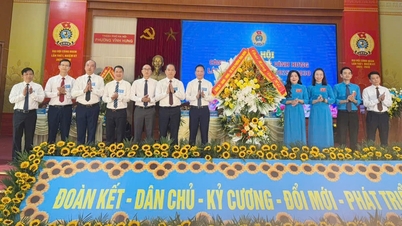
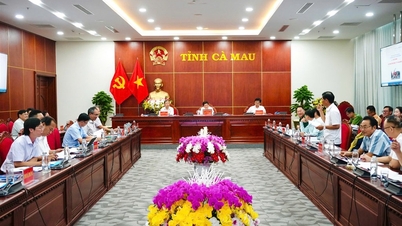
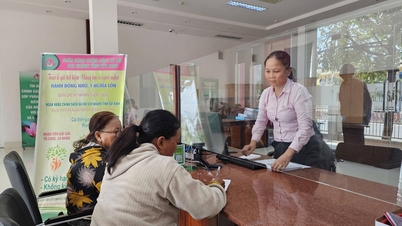

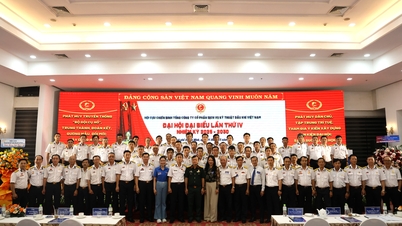
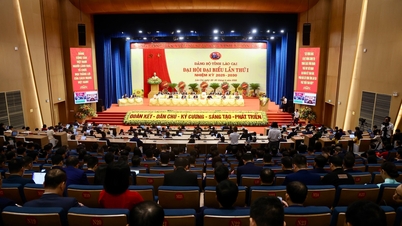


![[Photo] National Assembly Chairman Tran Thanh Man receives Chairman of the House of Representatives of Uzbekistan Nuriddin Ismoilov](https://vphoto.vietnam.vn/thumb/1200x675/vietnam/resource/IMAGE/2025/10/27/1761542647910_bnd-2610-jpg.webp)








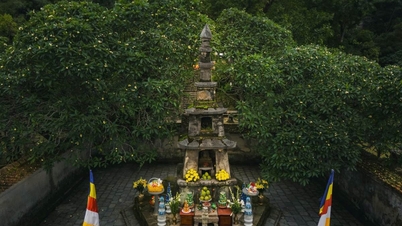

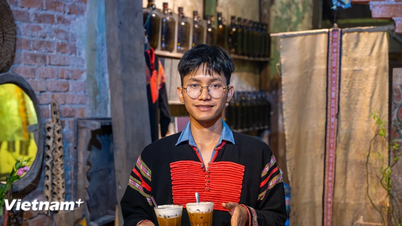






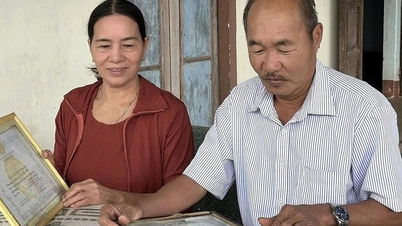

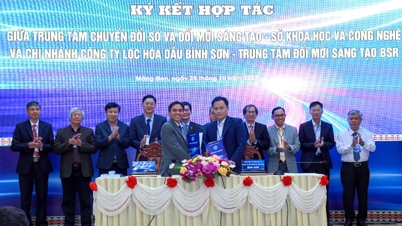















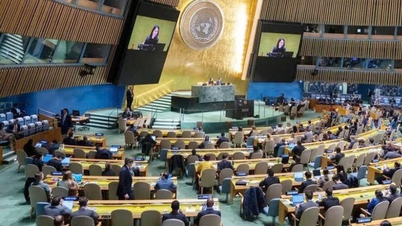

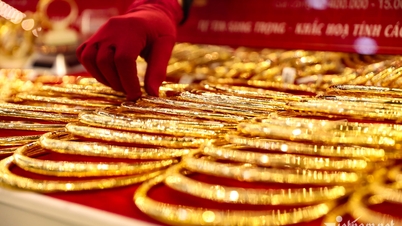
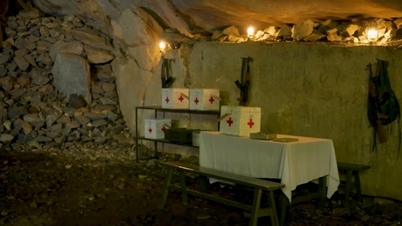

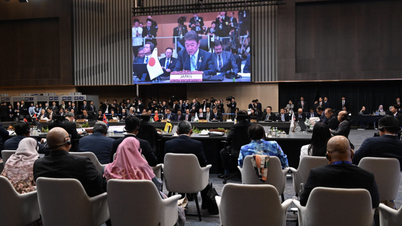

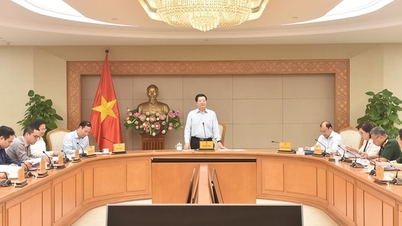
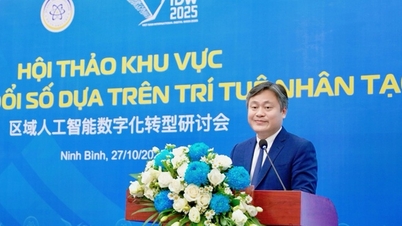

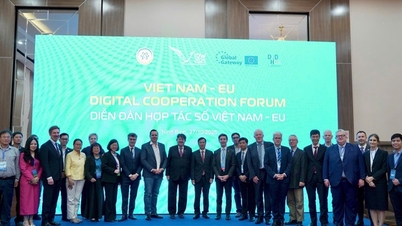

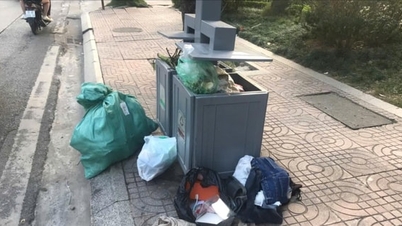

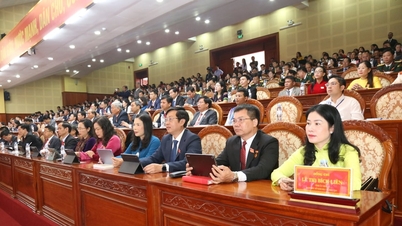



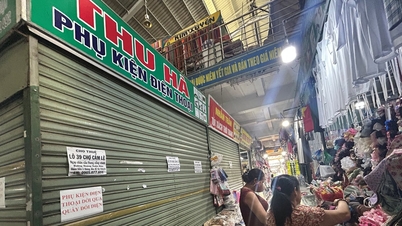

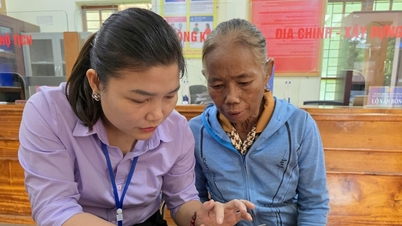
















Comment (0)